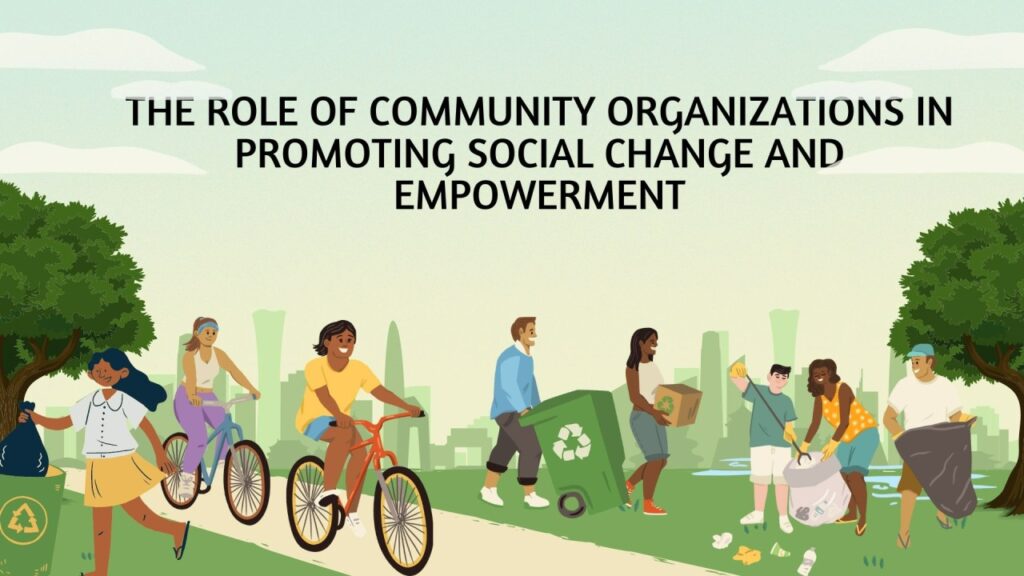Nostalgia is a powerful emotion that can transport us back to simpler times, evoking a sense of warmth and comfort. In recent years, this sentimental longing for the past has increasingly influenced consumer behavior and cultural trends. From retro fashion to classic TV show reboots, nostalgia is a driving force that marketers and content creators are leveraging to connect with audiences. But why is nostalgia so influential, and how does it shape our preferences and cultural movements?
Understanding Nostalgia
Nostalgia is often defined as a sentimental longing or wistful affection for the past, typically for a period or place with happy personal associations. It is a universal emotion that can be triggered by various stimuli, such as a particular smell, song, or even a piece of clothing. Psychological studies suggest that nostalgia can serve as a coping mechanism during times of change or stress, providing a sense of continuity and stability.
The Psychology Behind Nostalgia
Nostalgia is more than just a pleasant memory; it’s a complex emotion that involves a mix of happiness, longing, and sometimes even sadness. Researchers have found that nostalgia can have several psychological benefits, including:
- Improved Mood: Nostalgic experiences can enhance mood and increase feelings of social connectedness.
- Boosted Self-Esteem: Reflecting on past achievements and positive experiences can reinforce a sense of identity and self-worth.
- Stress Relief: Nostalgia can serve as a buffer against anxiety and stress by providing a mental escape to more comforting times.
Nostalgia in Consumer Preferences
Marketers have long recognized the power of nostalgia in influencing consumer behavior. By tapping into positive memories and associations from the past, brands can create emotional connections that drive purchasing decisions. Here are some ways nostalgia shapes consumer preferences:
1. Retro Branding and Packaging
One of the most visible examples of nostalgia in marketing is the use of retro branding and packaging. Companies often reintroduce classic designs or limited-edition products to evoke a sense of nostalgia. For instance, Coca-Cola periodically brings back its vintage glass bottles, and Nintendo has successfully launched mini versions of its classic gaming consoles, such as the NES Classic Edition.
2. Revival of Vintage Fashion
Fashion is cyclical, with trends from the past frequently making a comeback. The resurgence of 90s fashion, including high-waisted jeans, crop tops, and chunky sneakers, is a testament to the enduring appeal of nostalgic styles. Brands like Adidas and Fila have capitalized on this trend by reissuing popular styles from their archives.
3. Nostalgic Advertising
Advertisements that reference iconic moments from the past or feature retro aesthetics can create a strong emotional resonance. Super Bowl commercials often leverage nostalgia by bringing back beloved characters or recreating famous scenes from movies and TV shows. These ads not only capture attention but also foster a deeper emotional connection with the audience.
Nostalgia in Cultural Trends
Beyond consumer preferences, nostalgia also plays a significant role in shaping broader cultural trends. Here are some examples of how nostalgia influences various aspects of our culture:
1. Reboots and Remakes
Hollywood has embraced nostalgia through the proliferation of reboots, remakes, and sequels. Classic TV shows like “Full House” and “Will & Grace” have been revived to great fanfare, while movie franchises like “Star Wars” and “Jurassic Park” continue to draw audiences with new installments that pay homage to the originals. These nostalgic offerings tap into the emotional connections fans have with the original content, creating a built-in audience for new releases.
2. Music and Concerts
The music industry is also experiencing a wave of nostalgia, with many artists and bands from the past reuniting for tours and new albums. Bands like The Rolling Stones and Fleetwood Mac continue to draw massive crowds, while 90s boy bands like Backstreet Boys and *NSYNC enjoy renewed popularity. Additionally, music streaming services have made it easier for people to revisit and rediscover old favorites, further fueling nostalgic trends.
3. Nostalgic Food and Beverages
Food and beverages are deeply tied to memories and emotions, making them prime candidates for nostalgic trends. Restaurants and food brands often reintroduce discontinued products or offer limited-time items that evoke memories of childhood. For example, McDonald’s periodically brings back its McRib sandwich, and breakfast cereal brands have re-released classic flavors like Oreo O’s.
The Relevance of Nostalgia in Current Times
In the fast-paced, ever-changing world we live in, nostalgia offers a comforting link to the past. This is particularly relevant during times of uncertainty or upheaval, such as the recent global pandemic. As people faced unprecedented challenges and disruptions to their daily lives, many turned to nostalgic media and products for solace.
1. Coping with Uncertainty
The COVID-19 pandemic led to a surge in nostalgic behavior as people sought comfort in familiar experiences. Streaming platforms reported increased viewership for classic TV shows and movies, while sales of retro video games and puzzles soared. This trend highlights how nostalgia can serve as a coping mechanism during difficult times, providing a sense of stability and continuity.
2. Connecting Across Generations
Nostalgia also has the power to bridge generational gaps, creating shared experiences and connections between different age groups. Parents introducing their children to the music, movies, and games they enjoyed growing up can foster a sense of continuity and shared culture. This intergenerational transmission of nostalgia helps preserve cultural traditions and memories.
3. Reinforcing Brand Loyalty
For brands, leveraging nostalgia can reinforce loyalty among long-time customers while attracting new ones. By tapping into positive memories and associations, companies can create a strong emotional bond that goes beyond the product itself. This emotional connection can drive repeat purchases and foster a sense of community among consumers.
Conclusion
Nostalgia is a powerful force that shapes consumer preferences and cultural trends in profound ways. By evoking positive memories and emotions, nostalgia creates strong emotional connections that influence purchasing decisions and cultural behaviors. In a world that is constantly changing, nostalgia offers a comforting link to the past, providing stability and continuity during uncertain times. As marketers and content creators continue to harness the power of nostalgia, its influence on our lives is likely to remain significant for years to come.
Whether it’s through retro branding, vintage fashion, nostalgic advertising, or the revival of beloved TV shows and music, nostalgia taps into our deepest emotions and memories, shaping the way we engage with the world around us. So, the next time you find yourself reaching for a product or tuning into a show that takes you back to a simpler time, remember that you’re not just indulging in a trip down memory lane—you’re participating in a powerful cultural phenomenon that continues to shape our preferences and trends.







